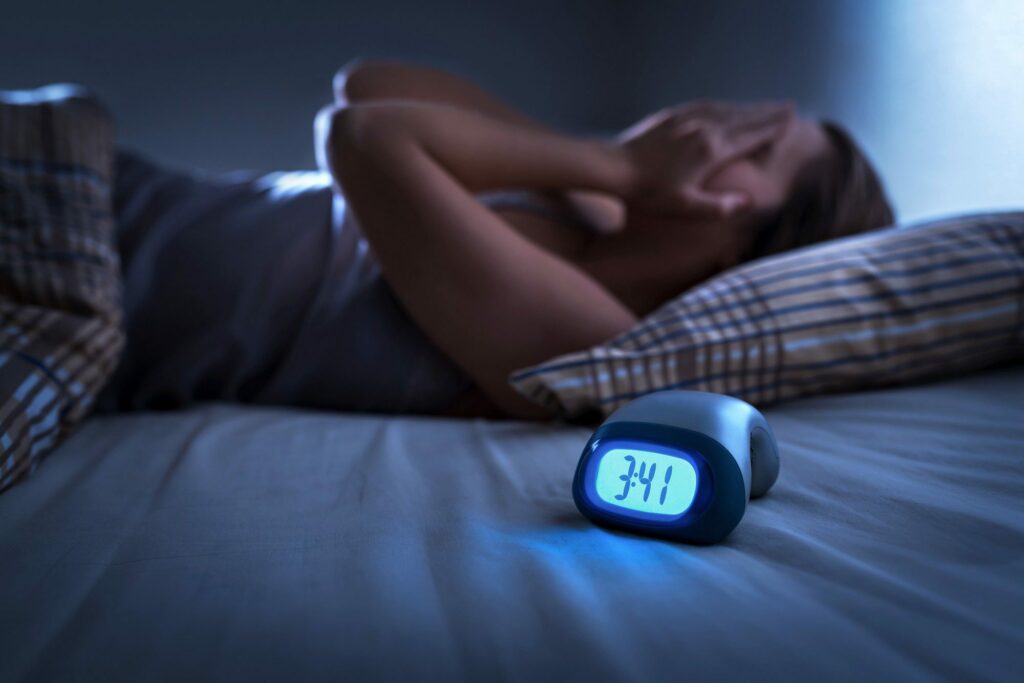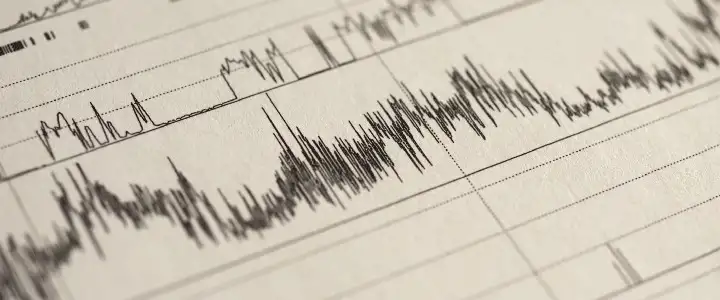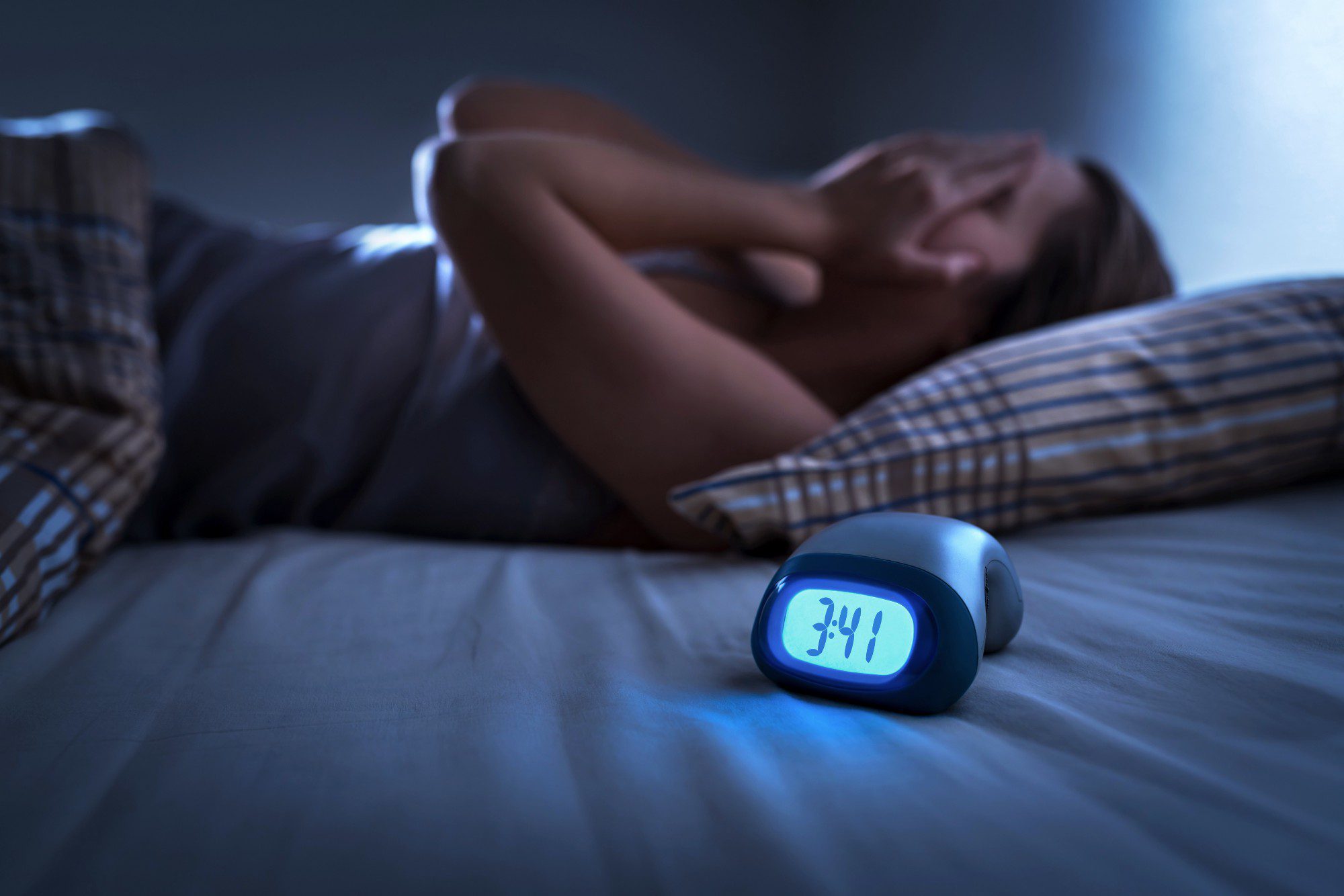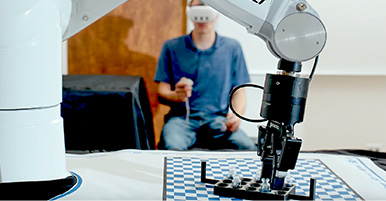
Modern technology could be the key to solving our sleep issues.
Sleep is the golden chain that ties health and our bodies together.”
— Thomas Dekker
Sleep is a human elixir. With enough of it, we’re smarter, happier and live longer. Insufficient sleep, on the other hand, can result in a host of problems, ranging from stress and cognitive decline to heart disease, diabetes and obesity.
Humans have been trying to understand and treat sleep disorders since at least the first century BC (1), but we’re still far from mastering it. While researchers have made great strides in understanding the basic mechanisms of sleep and what happens when we don’t get enough, it’s been much more challenging to translate this knowledge into improvements in human sleep and health. Currently, approximately one-third of Americans complain about sleep issues, and the same number still get less than the recommended seven hours of sleep each night.(2)
Much of the reason for this centuries-long dilemma is that sleep is not an easy thing to study. Polysomnography (PSG), the gold standard technology used by most sleep researchers today, is still highly manual and complex, and requires specialized staff and equipment to operate. In addition, it often requires bringing individuals into a sleep laboratory. This can create stress, discomfort and other changes that alter the very thing we’re trying to study. And while the study of sleep is best done over weeks or even months, requiring individuals to sleep in a lab (or even with ambulatory PSG systems) for more than several nights at a time is impractical. The accepted alternative to PSG, clinical-grade actigraphy, can be used outside the lab to evaluate sleep, but is still relatively expensive and also requires skilled staff to operate and review the resulting reports.
Is there a solution on the horizon? Maybe. And it’s very likely that an early version of it is already on your wrist.
Consumer wearable and contactless devices that track activities — including sleep — could finally make it possible for researchers to measure sleep over long periods of time outside of laboratories. Thanks to advancements in technology, processing power, battery life and sensors miniaturization, these devices can now continuously track different vitals such as cardiac function, as well as relevant environmental information. They are advancing our capability to capture the many bio-behavioral changes that characterize sleep.
And while other modern technologies, such as cell phones and laptops, have primarily aggravated our sleep problems, wearable sleep trackers have helped to re-establish broad awareness about the importance of sleep in our daily lives. Approximately 350 million wearable devices will be shipped this year, and these devices will collect many millions of sleep data points. (3) Eventually, these data could contribute to large scale, long-term studies that will help scientists better understand sleep disorders, as well as the real-world impact of various treatments and interventions. Initial findings already show the potential of such devices to expand our understanding of sleep and health, particularly as an integrated part of the digital health revolution and the “Internet of Things” ecosystem. (4)
Unfortunately, the availability and rapid uptake of wearable technologies has outpaced the scientific community’s ability to evaluate them. In other words, these technologies are amazingly popular, but we don’t yet know how well they work. Before these devices can be used as a new tool to improve human sleep, they need to be validated in formal studies. A recent workshop that explored the potential of wearable technologies for sleep research concluded that lack of validation against gold standard sleep technology “is the major barrier in applying these consumer sleep-trackers to sleep and circadian research and to sleep medicine.”

Sleep research has been a priority at SRI International since the early years of this century. Scientists in SRI’s Human Sleep Research Program have conducted extensive research and shared the resulting findings in over 100 publications, contributing significantly to the understanding of sleep at multiple, important stages of life, including adolescence and menopause.
Our team recognized early on that wearable consumer technologies could provide the “missing link” to translate the wealth of scientific knowledge about sleep into better sleep in the real world. We also recognized that these technologies would need to be assessed and regulated. In 2015, we became one of the first laboratories in the world to begin studying whether consumer sleep technologies can accurately, consistently and reliably capture sleep metrics — such as total time asleep, as well as quality and quantity of sleep. Typically, we test a specific wearable device and either PSG or actigraphy in a population with certain characteristics (e.g., age, sex, health status), and then we look for any differences between how the wearable devices and the gold standard technology estimate specific sleep variables.
To date, we have conducted multiple studies comparing the performance of wearable consumer sleep trackers against the gold standard PSG sleep assessment. Most recently, we collaborated with researchers at Monash University in Australia to evaluate the ability of a particular wearable device to measure sleep in clinical insomnia.
This field of study has been very exciting to those of us who research and seek to improve human sleep. At SRI, we’re pleased that we’ve been able to further understanding of the rationale, functioning, and use of novel sleep-tracking technology, and provided standards to evaluate these devices.(5) We’ve committed to continue exploring the full potential and challenges of these technologies, and are currently developing and evaluating their sensor capability, performance and use in controlled laboratory settings as well as in real-life environments.(6) Much of this research involves clinical teams and wearable developers because their insights can help us translate our research findings to the real world better and faster. We’re hopeful that — one day soon — wearable devices could help us all sleep a bit better.

Author: Massimiliano de Zambotti, Ph.D., Principal Scientist and Head of the Translational Sleep Technology Unit in SRI International’s Human Sleep Research Program
Resources:
(1) https://www.sciencedirect.com/book/9780323242882/principles-and-practice-of-sleep-medicine
(2) https://www.cdc.gov/media/releases/2016/p0215-enough-sleep.html
(3) Moar J. Where Now for Wearables. 2018; https://www.juniperresearch.com/document-library/white-papers/where-now-for-wearables. Accessed 5/20/2019, 2019.
(4) https://www.sleep.theclinics.com/article/S1556-407X(19)30091-8/abstract
(5) https://europepmc.org/article/med/30789439
(6)https://www.sleep.theclinics.com/article/S1556-407X(19)30091-8/abstract



